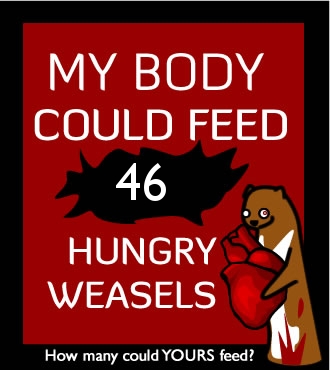A baseball is a 3-inch diameter sphere traveling at upwards of 100 miles an hour, at least in the pro leagues. It is 9 inches in circumference, and 5 ounces in weight. And, it is darn hard to make contact with it. It is in fact so hard to hit this ball that hitting it 3 out of 10 times is considered really quite good. If you were in one of my courses and got 30% correct on an exam I gave, I would ask you to seriously reconsider your career choices.
It is so hard to hit that little white ball that batting in baseball is a metaphor for life. If you push yourself to take on something really challenging you ‘step up to the plate’, if you are working really hard and aren’t giving up you ‘keep on swinging’, if you failed entirely you ‘struck out’, and if you pulled it off beautifully you ‘hit a home run’.
According to the Baseball Almanac, the best batting average in a single season, ever, is by Tip O’Neil. A 0.485. He earned this in 1887 playing for the St. Louis Browns. Of course, in 1887, they counted walks towards your batting average. But, that is not the case for several other 400 hitters on the list. In the first part of the 1900’s Ty Cobb made the list 10 times, and he is Number One on the list of all time leaders, with a lifetime average of 0.366. It is getting harder and harder to make the list, and those 400 hitters are a thing of the past. On the list of the top 100 batting averages in a single season, there are only three who played the game during years when I was alive. Ranked number 53 is George Brett of the KC Royals with a 0.390 earned in 1980. Rod Carew of the Twins batted a 0.388 in 1977, giving him the 61st spot. And Larry Walker of the Rockies batted a 0.379 in 1999, earning him the 94th spot. If you look at any of these sorts of lists, you’ll see the batting averages steadily trending downwards over time.
What is interesting, from a physics standpoint, is that those 400 scores were achieved during what was known as the dead-ball era. This is an era in baseball where the balls themselves were rarely replaced during the game, and thus they literally wore out and died over the course of the game. The dead-ball behaved unpredictably – it was not firm or smooth anymore, and therefore its trajectory was atypical. And, of course, this was hastened along during the game by the pitcher’s liberal application of spit, grease, sand-paper, and emery boards, all of which are now illegal. It seems odd that the batting averages should be higher during a time when hitting the ball was arguably harder.
It has been suggested that the live-ball baseball (where the balls are replaced at the first sign of wear) favors the hitter. Therefore, many a baseball analyst has tried to explain why batting averages have not increased over time. Enter the science of statistics and the laws of probability, another love of the science-y types. Explanations range from new pitching styles that don’t favor putting runners on the bases, to hitters that favor hitting home runs and new parks that don’t favor homeruns by design. More night games make it harder to see and hit the ball, and more relief players give batters less familiarity with individual pitching styles and reduce the chance of a hit. There has also, arguably, been an overall increase in the skill of all baseball players over time. This means that a great batter is far more likely to encounter a great pitcher, and therefore success at bat is likely to be lower than for great batter in the past. In the past great batters were rare, but great pitchers were even rarer. These all seem to contribute to a trend of increasing strike-outs or walks, and less hits relative to at-bats.
And so, they keep on swinging.
Subscribe to:
Post Comments (Atom)






No comments:
Post a Comment